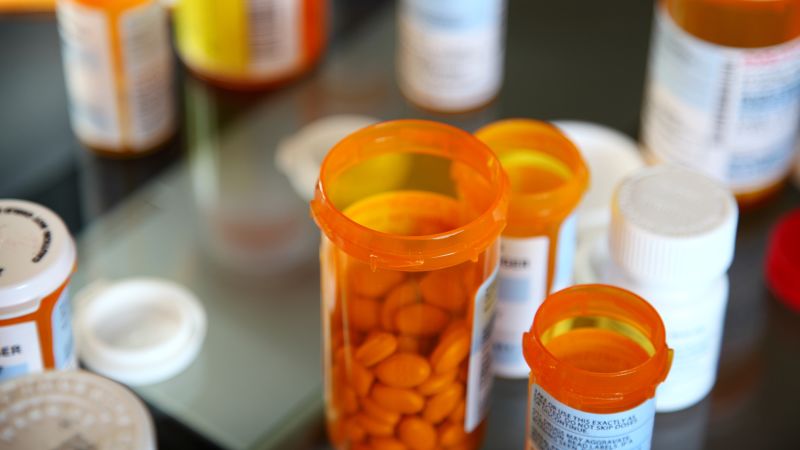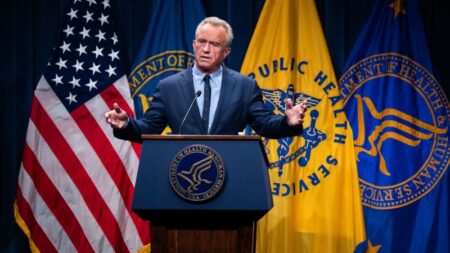The recent announcement by the Biden administration regarding the inclusion of Ozempic and Wegovy in the upcoming round of Medicare price negotiations marks a significant development in the healthcare landscape. These two medications, both categorized as GLP-1 (glucagon-like peptide-1) receptor agonists, have gained notoriety for their considerable efficacy in weight loss and diabetes management. However, the pricing of these drugs has often been a point of contention given their high costs, limiting access for many patients who could benefit from their usage. The decision to negotiate prices for these and other high-cost medications signifies the administration’s commitment to enhancing affordability and accessibility within Medicare.
Nevertheless, the potential savings for consumers as a result of these negotiations remain uncertain and multifaceted. A crucial element influencing individual savings hinges on the future administration’s stance towards the negotiation process. While the Biden administration has initiated these discussions, prospective decisions by the incoming Trump administration could alter the framework significantly. Additionally, the type of Medicare drug coverage that an enrollee possesses will play an essential role in determining how much they may save. It is noteworthy that individuals who are not eligible for Medicare will not directly benefit from these negotiations, raising concerns about inequity and access for those outside this federal program.
The broader implications of these negotiations extend beyond just Ozempic and Wegovy. The list of 15 medications slated for price negotiations encompasses a range of treatments utilized by approximately 5.3 million Medicare enrollees. These medications address various health concerns, including conditions such as asthma, cancer, and diabetes. It is clear the administration aims to tackle high drug costs across a spectrum of ailments, reflecting a comprehensive strategy to reform prescription medication prices.
One of the most compelling aspects of these negotiations is the timeline involved. The negotiated prices are not set to take effect until 2027, which raises questions regarding the immediate impact on consumers and the healthcare system. Patients who may be relying on these drugs to manage their health may not experience any relief until several years down the line, prompting discussions on interim measures to address high costs in the present moment. This lengthy timeline could also influence manufacturers’ strategies, potentially leading them to modify pricing models or to adjust marketing plans in anticipation of future price caps.
The announcement is part of a more extensive movement within the Biden administration to tackle rising drug prices, which have become a significant burden for many Americans. According to various studies, the cost of prescription medications has surged over the past decade, compelling many patients to forgo necessary prescriptions due to affordability issues. By engaging in price negotiations with major pharmaceutical companies, the administration seeks to rectify some of these disparities and improve the financial landscape for Medicare beneficiaries.
As this story continues to develop, stakeholders across the healthcare industry — from federal policymakers to pharmaceutical companies, healthcare providers, and patient advocacy groups — will be watching closely. The effectiveness and outcome of these negotiations have the potential to reshape the pharmaceutical landscape, influencing pricing strategies, healthcare access, and patient outcomes for years to come. Furthermore, with ongoing discussions surrounding healthcare reform establishing an ever-changing landscape, observers are encouraged to stay informed on how these negotiations evolve and what it ultimately means for consumers navigating the complexities of modern healthcare.












